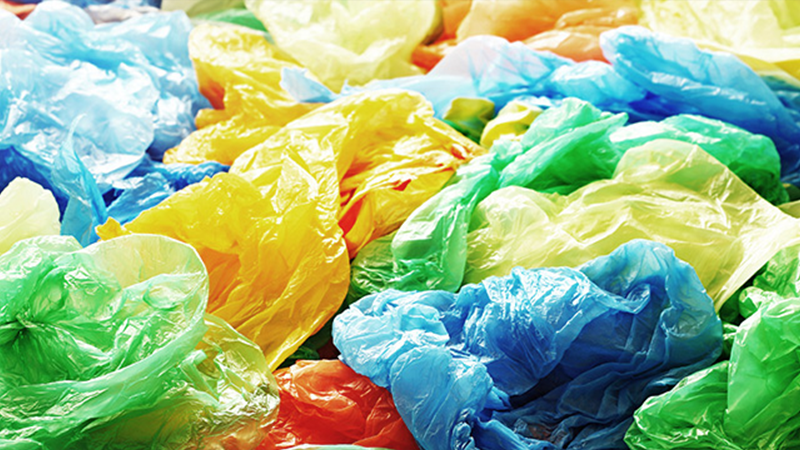recycling of waste plastics
Countless amount of waste plastics are generated all over the world every day. While the traditional methods of landfill or incineration costs a lot resources and did not solve the environmental problem in a proper way. Pyrolysis technology offers a practical solution to recycling of waste plastics by converting it to liquid fuel oil as main product with high marketing values. It creates environmental benefits and economical benefits at the same time.

common plastic types
Plastic types including HDPE, LDPE, PP, PS and others produce high ratio of liquid fuel oil, while PET and PVC doesn’t contribute to oil yield.
production ratio
The less impurities in the plastic wastes, the more fuel oil obtained.
Known as fuel oil, pyrolysis oil, heating oil, furnace oil. Used as industrial fuel for cement plant, steel plant, metallurgical plant, glass plant, power plant etc.
Used as raw materials for rubber and plastic industries after further processing. Or used as heating fuel.
Known as combustible gas or non-condensable gas. Routed to gas burners of heating system as fuel supply.
running process
Typical running process and production time to process 10 tons of waste plastics.
Using hydraulic feeder to load waste plastics into pyrolysis reactor. The pyrolysis reactor rotates in feeding direction. Keeps feeding until the reactor is fully loaded. Usually it takes 2.5 hours to load 10 tons of waste plastics.
When feeding is finished, closes the feeding port then ignites the heating system. The internal temperature goes up slowly in the first 2 hours.
Waste plastics break down into gas state and solid state under pyrolysis reaction. The gas state enters condensing system, gets liquified and becomes liquid fuel. The oil production process lasts 10 hours. The solid state that is carbon black stays inside pyrolysis reactor waiting for discharging.
When oil production is finished, leaves the machine to cool down for 3 hours before discharging.
Discharges carbon black from reactor by U-shape conveyor. It takes around 2.5 hours.
Model A series
- Unit Capacity: 5/10/15 tons
- Basic choice to start
- Medium emission control
- Onsite installation
Model C series
- Unit Capacity: 5/10/15 tons
- Advanced choice
- High emission control
- Quick installation
Model F series
- Unit Capacity: 750/4000kg
- Installation-FREE
- Low shipping cost
- Modular design
Model M series
- Unit capacity: 10kg
- Mini scale model
- Fully operational
- Installation-FREE
Model S series
- Unit capacity: 30/50 tons
- Continuous type
- High-end choice
- Onsite installation
